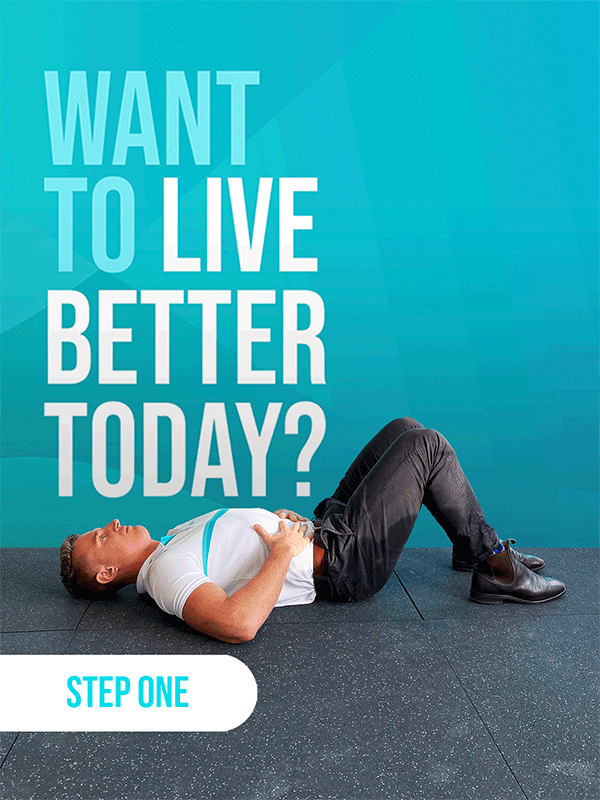As there is a lot of different musculature supporting our trunk there are several different movement patterns necessary to target the different functions of the core. The core’s primary function is to provide stability, rather than provide movement. Thus, to strengthen our core appropriately, rather than creating movement, we need to resist movement. Consequently the categories we break our core movements into are:
· Anti-extension
· Anti-flexion
· Anti-rotation
· Anti-lateral flexion
1. Anti-extension
Extension can be thought of as arching your back. The primary muscles that resist this arching movement are the muscles of our front core wall. Anti-extension exercises at home include activities such as planks and dish holds. The most important thing to remember when performing these movements is to not extend or arch your back. When performing these movements we want to keep a neutral or slightly flexed spine in order to engage the appropriate musculature.
· For those with low back pain, particularly disc bulges or herniations you may experience discomfort when flexing your spine under load – if you are experiencing this, contact your exercise physiologist to make some modifications
2. Anti-flexion
Flexion is the opposite of extension and can is performed when we round our back. The primary muscles resisting this rounding movement are the muscles of our back core wall. Anti-flexion exercises you can complete at home include activities such as heavy front carries or superman’s. When performing these movements we want avoid flexion.
3. Anti-Rotation and Anti-Lateral Flexion
Anti-rotation and anti-lateral flexion movements recruit very similar musculature. Recruited muscles include the muscles that make up the side walls of our core house. Rotation is a movement where you rotate through the trunk. An anti-rotation exercise resists rotation through the trunk, such as a pallof press. Lateral Flexion is when you lean to your side with your trunk. An anti-lateral flexion exercise resists this movement by holding a weight in one hand and staying up tall. The key for these movements is to not favour one side, keep your ribs on top of your hips and ensure you weight is evenly distributed around your base of support e.g., feet, knees or your buttocks in a chair.
Breathing
An important aspect in all four types of core exercises, discussed is breathing. Proper breathing or “diaphragmatic breathing” ensures we are engaging the final muscle of our core – the roof. An easy way to see if you are doing this properly is to lie on your back, put one hand on your stomach and one hand on your chest and take a deep breath. If you stomach hand doesn’t move, you weren’t using your diaphragm efficiently. To correct this, you want to fill up your lungs by breathing down and filling your stomach like a balloon, ensuring it expands in all directions, not just up. This ensures you maintain good trunk position and is more efficient for the uptake of oxygen.
